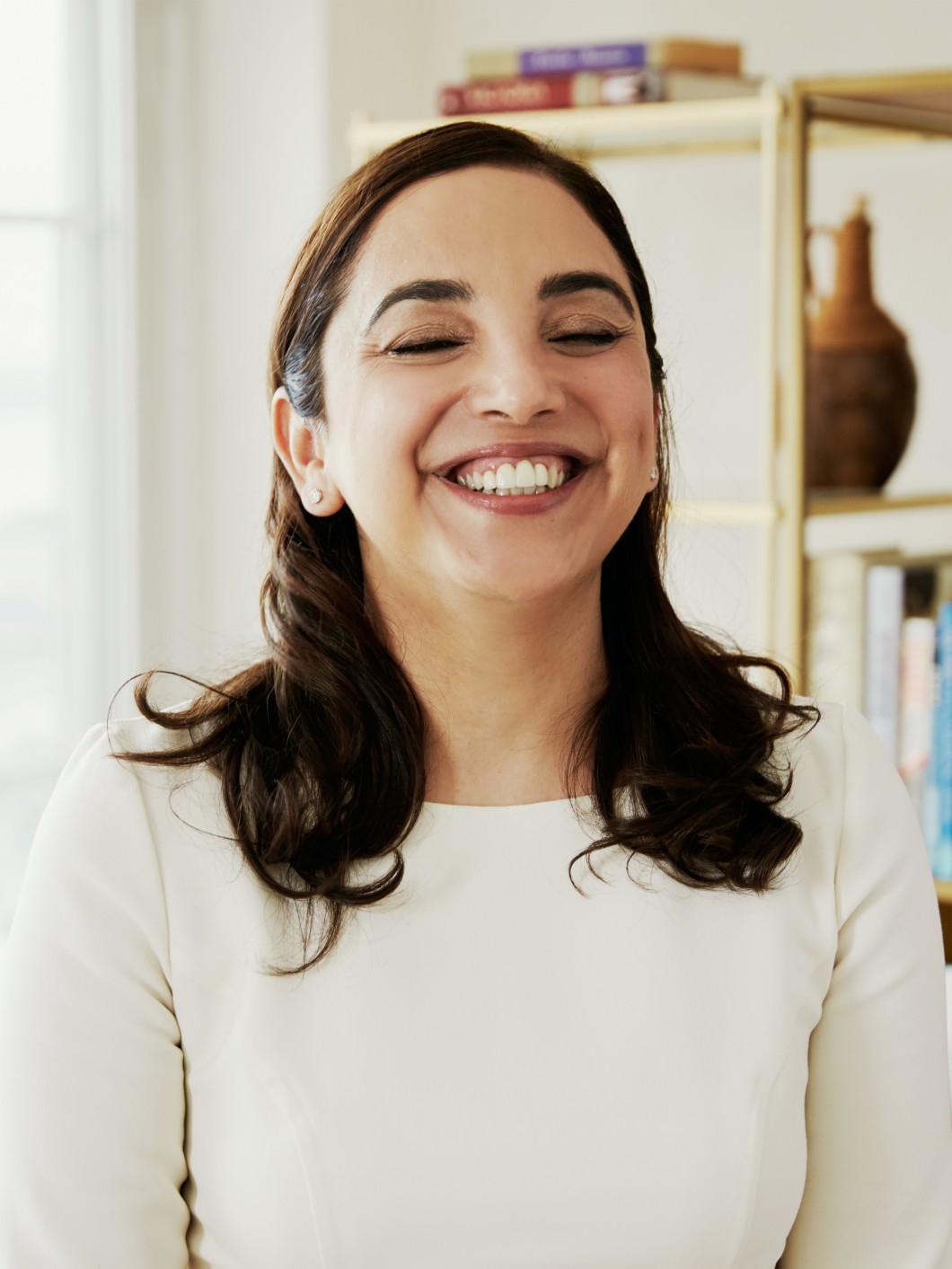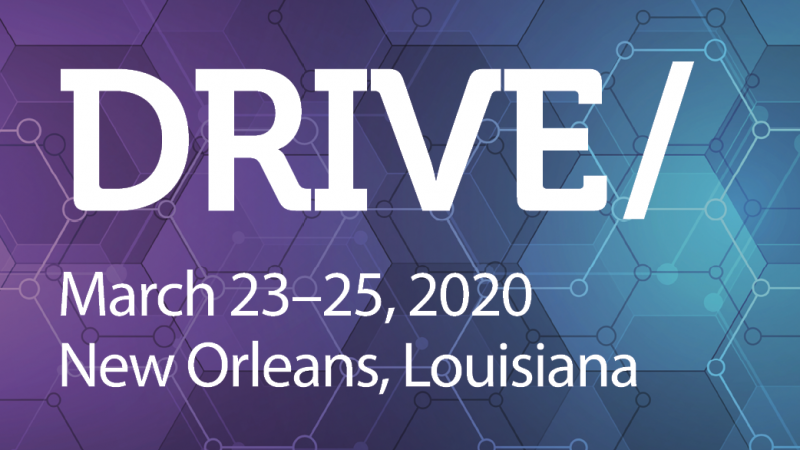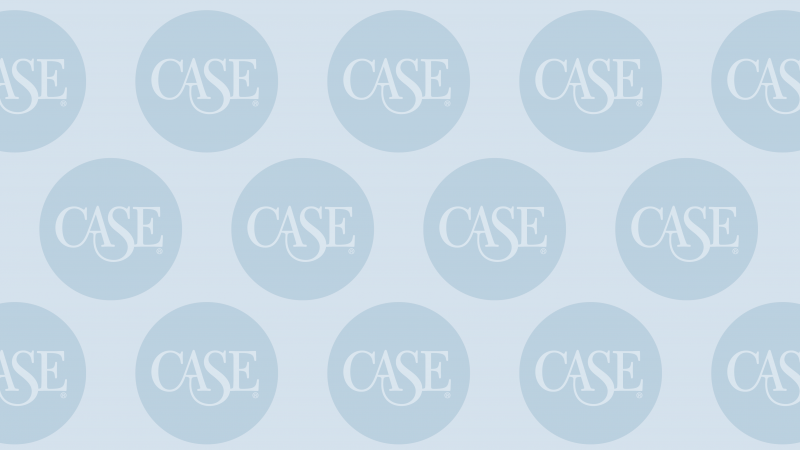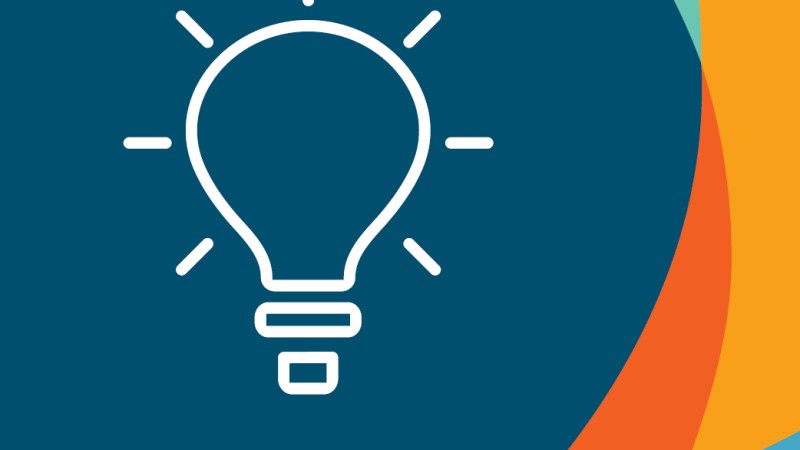
The Power (and Peril) of Choice: Q&A with Sheena Iyengar

Choice is a powerful tool to shape our lives, says researcher Sheena Iyengar, author of The Art of Choosing.
Powerful—and complicated.
As the S.T. Lee Professor of Business at Columbia Business School, Iyengar explores the many facets of choice and decision-making. Diagnosed with a retinal degeneration condition at age three and blind by 11th grade, Iyengar went on to earn her Ph.D. in social psychology from Stanford University.
At DRIVE/ 2020, March 23-25, in New Orleans, she’ll explore choice overload and how to construct better decision-making conditions for yourself and your team.
Here, she shares misconceptions about choice, how to make data-driven decisions, and what makes big choices different from small ones.
What are the key misconceptions people have about choice?
People think that having more choices will make them better off. But what looks like more choice might actually be an illusion of choice, meaning that there may be many choices but they are not that different from each other. More choices might also make you more confused and you forget what it is that you want.
At DRIVE/ you’re exploring the idea of choice overload. Could you give us a snapshot of your talk? What are you hoping people will learn?
Because we have so many choices in today’s worlds that our parents and grandparents couldn’t even imagine, it’s really important to be choosy about choosing.
What’s something you’ve uncovered in your research about choice that really surprised you?
Choosing is not something that we are born knowing how to do. It is a skill that we develop over the course of our life. It is something we must learn.
A key theme at DRIVE/ is to use data to drive decision-making. How can looking at data or patterns help people make decisions?
Did you know that according to IBM, 2.5 quintillion bytes of information are generated every day? Did you know that it’s estimated that 28% of our time is spent on social media, we check our phones 150 times per day, and the amount of information we consume per day is equivalent to reading 174 newspapers?
We are constantly collecting data and data and data. We see data as the answer provider. Data unto itself does not help us; it could actually overwhelm and distract us. You have to ask yourself first what the question is that you want to ask, then see if you have the data that could help answer it.
In fundraising, donors have to make big decisions about philanthropy. What’s the difference between small and big choices? How do people process them differently?
We don’t need to process them differently, we just need to think about which choices matter and why, and then be thoughtful about choosing.
We are just as likely to be paralyzed when choosing a movie to watch as we are when choosing our next career move. So, it is not so much that we treat big and small choices differently, per se. What is important for us as a choice maker is to be able to identify for ourselves which choices really matter, and those are what we invest thoughtful choosing energy into.
For leaders who have to make high-stakes decisions for their organizations, what are some ways to make decision-making simpler?
First and foremost, you always have to ask, “What is the real problem I am trying to solve?” and, “What do I want the ideal solution to feel like?” This sounds simple enough, and yet, it is really hard to do.
What are a few ways to make group decision-making smoother?
Everybody in the group has to know what the problem is that they are trying to solve. The composition of the group should include people with different expertise that can provide input to both understanding and solving the problem.
About the author(s)
Meredith Barnett is the Managing Editor at CASE.


